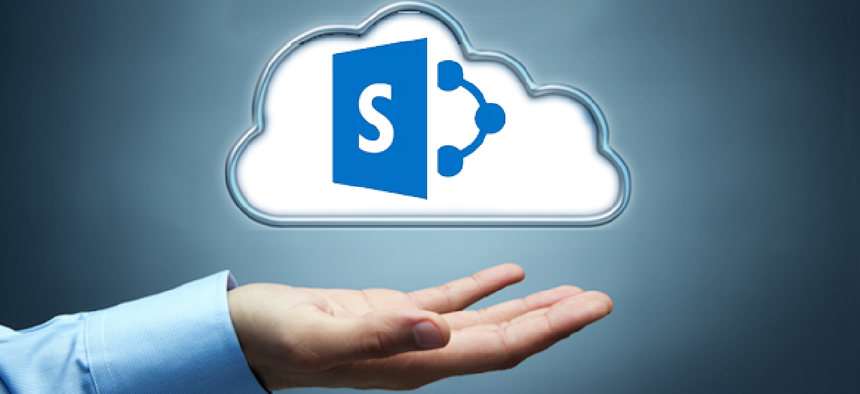SharePoint 2016 built on cloud foundation


Connecting state and local government leaders
When SharePoint Server 2016 is released next year, Microsoft’s cloud services will be deeply ingrained, creating a more unified end user experience across components.
When SharePoint Server 2016 is released next year, Microsoft’s cloud services will be deeply ingrained, creating a more unified end user experience across components.
"Everything we're doing in Office 365 inspires the [SharePoint Server] product going forward, and you'll see this cadence continuing," said Mark Kashman, a senior product manager at Microsoft on the SharePoint team.
Microsoft has been moving its various technologies into the cloud, with new services such as Delve, Clutter and Groups, which are becoming part of "a common experience layer," rather than separate application silos. This concept also applies to Office add-ins; all will be part of a common framework for Office 365 experiences. Microsoft is taking these technologies, along with scalability improvements, and pushing them into SharePoint Server 2016, Kashman explained in a recent SPBiz Conference keynote.
Some Office 365 technologies aren't being labeled as SharePoint, but they basically use SharePoint, Kashman explained. He pointed to Office Delve, which surfaces organizational information using Microsoft's FAST enterprise search technology as well as Office Graph technology. Delve works with Clutter, an Exchange feature that's used to prioritize e-mail messages in Outlook. Microsoft also has an Office 365 Video service that takes info from Office Graph.
"So SharePoint, in essence, could be Delve, or it could your company portal on premises," Kashman said.
Kashman said that Microsoft will be adding technologies to SharePoint, not replacing them. He highlighted three improvements coming in SharePoint Server 2016, namely Next-Generation Portals, Search and Files.
Next-Generation Portals will have a simplified administration and will be more personalized for end users. For instance, Next-Gen Portals will be connected to Yammer and will be mobile enabled. Microsoft will permit extensibility to these Next-Gen Portals for its partners to build upon, Kashman explained. He also later said that Microsoft will be building its "boards" feature into the Next-Gen Portals for knowledge management. The boards feature, based on Office Delve technology, lets end users organize content, such as documents related to a particular project.
Search improvements in SharePoint Server 2016 were equated with Delve, based on Office Graph technology. Delve will enable more personal discovery experiences for end users and will have governance controls for IT departments. There will be coming support for hybrid scenarios, too, namely for organizations that combine the use of Office 365 services with SharePoint Server on premises. It's essentially SharePoint behind the scenes that powers Office Graph, Kashman explained.
Files in SharePoint 2016 also will get improvements, which Kashman identified with OneDrive for Business. Previously, it was My Documents. The user experience is getting improved with OneDrive for Business. Mobile device management and data loss prevention capabilities are being added.
Microsoft has been combining its online and on-premises SharePoint products and now has "a more consistent code base," Kashman said. The new code base is helping to close the parity gap between the on-premises and online products.
Microsoft also has been learning from its Office 365 massive-scale cloud operations and bringing those lessons to its on-premises product, he added. Microsoft has become more agile, with a goal of no downtime when patching its SharePoint Online service, and that concept is filtering down to the server product.
Kashman's talk is available on demand at this page (sign-up required). Signing up also provides access to about 73 other SPBiz talks for a limited period of time.
A longer version of this article originally appeared on Redmondmag, a sister site to GCN.




